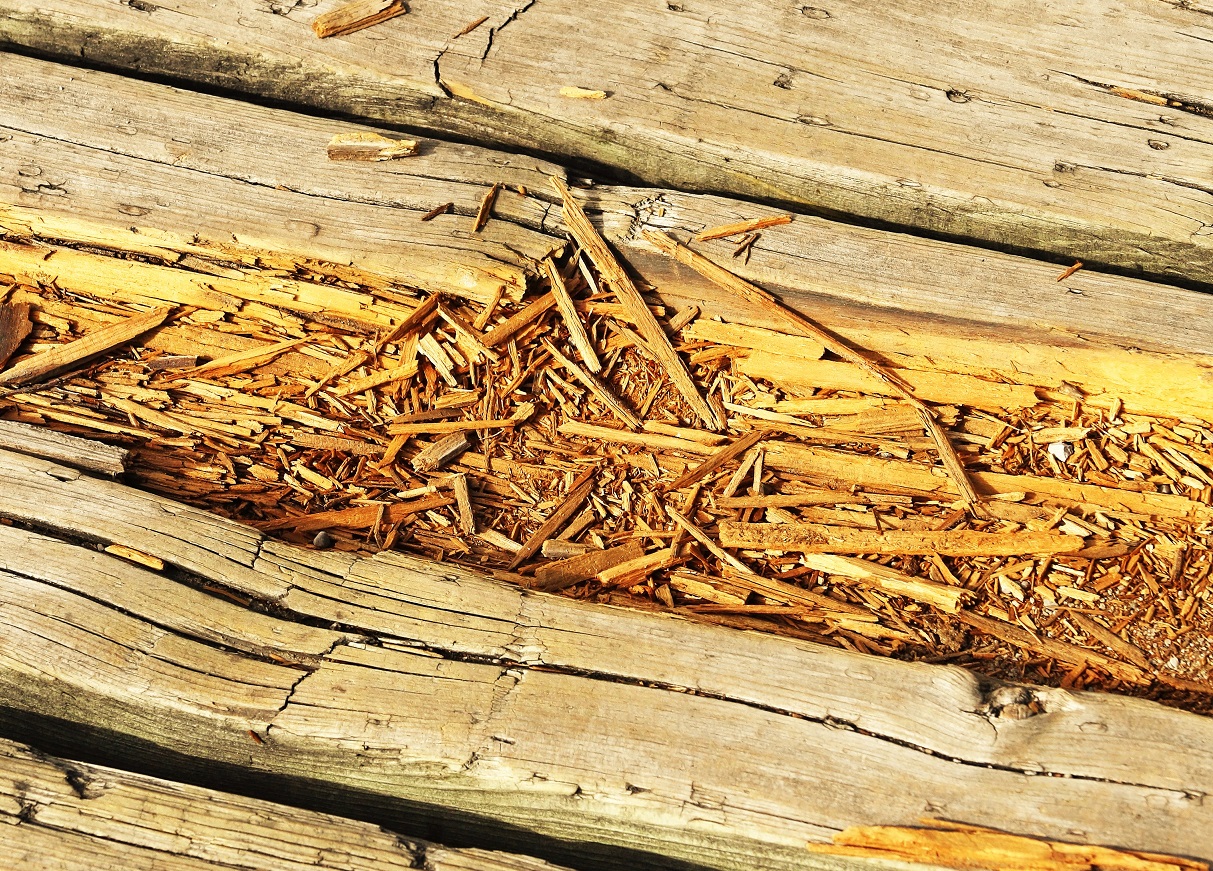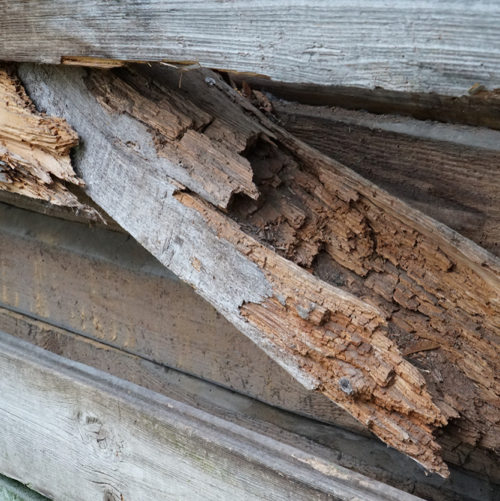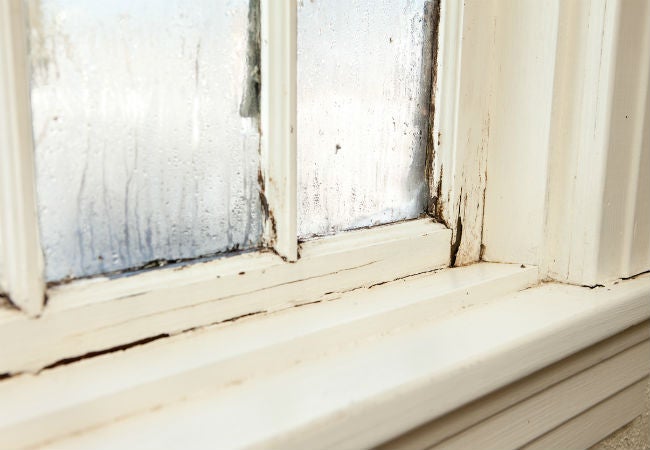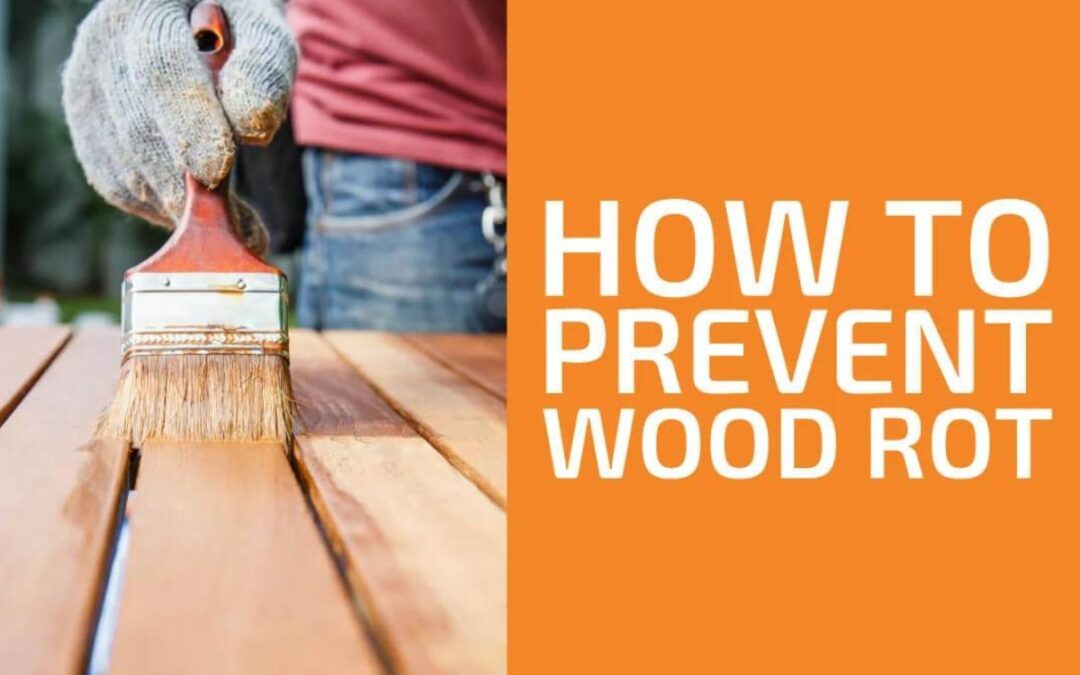When a wood structure starts to rot, excess moisture can contribute to the development of the problem. The condition is often difficult to diagnose, but fungicides like boric acid can help prevent the spread of rot. Borate can be applied to a wood structure during construction or as a treatment for active decay.
Table of Contents
How do you keep wood from rotting from spreading?
You can prevent wood rot from spreading further by regularly inspecting your home for signs of the disease. The first step in preventing the disease is to understand how it works. Wood rot is caused by fungi and needs specific conditions to thrive. These conditions include moisture, a viable food source (wood), and oxygen.
You should check for signs of rotting wood on any wood surface. This includes the siding on a house and wood around appliances and outdoor decking areas. If you can detect any signs of wood rot, you should take immediate steps to fix the problem. Otherwise, rotting wood may go undetected for a long time.
Wood rot can cause major damage to a structure. It spreads easily when a person kicks it. This is because zillions of fungal spores fly through the air and land on a new source of food. These spores spread through the air and eventually reach other parts of the house.
A variety of treatments are available to treat the disease. In some cases, the wood is treated with a fungicide or a wood preservative. These substances contain copper and borate, which are effective against the fungi and the spores that cause the decay. These treatments should be applied to both undamaged and damaged wood.

Does wood rot spread if dry?
Dry rot is an example of a common problem that affects wooden structures. This condition is caused by fungi that eat away at wood’s cell walls. This damage causes the wood to look blocky and weak. The fungus lives in the air but only becomes a problem when the conditions are right. These conditions include wood that has a moisture content of at least 20 percent and an abundance of air. Fortunately, there are ways to prevent dry rot.
If you suspect that your house has dry rot, you can take the following steps: Firstly, you must identify the wood. It should be whitish in color. In addition, a dry rot infestation will have an unpleasant odor. This smell is caused by the spores of the fungus. The stronger the odor, the more fungi there are.
Dry rot fungus lives in the air as spores. The spores need water to survive and reproduce. When they attach to the wood, they produce fine white tendrils that begin digesting the wood. In addition to looking like cobwebs, these fungi also produce mycelium, a cotton-wool-like mass. If the wood is left untreated, the fungal infection will spread and become more intense and serious.
The fungus that causes dry rot needs both water and oxygen to grow. It requires a high moisture level for growth and thrives in dark, damp conditions. The fungi in this type of rot are able to spread up to 80mm per day. Once they have colonized the wood, they will try to preserve themselves by producing spores. The spores are yellow or purple and will fall out of the sporophore.

Does wet rot stop when dry?
When it comes to preventing the spread of wet rot in wood, it is best to take a preventative approach rather than simply waiting until it is too late. The first step is to diagnose the rot’s type. There are several types of rot, including wet, dry, and brown rot. The images below can help you identify the type of rot that you are experiencing.
Once you have identified the type of wet rot, you should take steps to remove any sources of moisture that may have caused the problem. This means finding and repairing any water leaks. This will help to fix any timbers affected by wet rot and prevent it from spreading further.
If you notice any signs of wet rot in wood, you should consider treating it quickly. A thorough drying process will help to prevent the spread of the fungus. You can also use a moisture-removal product that will kill the fungus. Once the fungus has multiplied, it will remain in the wood for several months or even years.
Dry rot is the second most common type of fungal decay in wood. This form is not as serious as wet rot, but it can still damage your home. This fungus typically causes damage to load-bearing timber, but it can also affect outdoor wood. Exposed wood can become damp due to rain, and condensation can lock moisture in the wood.

Can dry rot spread from house to house?
Dry rot is a fungus that only grows in damp areas. It is not a dangerous cancer, so there’s no need to worry about it spreading from house to house. It’s rare to see widespread infestations, and these are usually associated with derelict buildings or homes that have long-term water ingress. In these cases, the dry rot fungus may have germinated in several locations, and then combined into one massive attack.
The best way to protect yourself from dry rot is to find a qualified surveyor who can identify the problem. This way, the dry rot can be treated before it can cause structural damage. If the rot is detected early, you can avoid having to spend a large amount of money on repairs later.
While dry rot spores are harmless, the damp conditions it creates are potentially hazardous to human health, especially for infants and people with respiratory problems. The condition can also lead to extensive structural damage. To prevent the spread of dry rot, make sure that you caulk the joints in the walls and roof and make sure your gutters are clean twice a year.
When you first notice a dry rot infestation, you may not notice any visible growth, but it can be difficult to identify. Infected areas may have an orange-ochre colour, indicating that the fungus is present.
Does vinegar stop wood rot?
If you’re looking for a way to kill the fungus responsible for wood rot, white vinegar can be a great solution. Not only does it have antibacterial and antifungal properties, but it can also change the pH level in the affected wood. Fungi thrive in an acidic environment and need a pH of between 0.5.5. Because white vinegar has a ph of less than four, it changes the fungus’s environment and stops it from spreading.
Wood rot can cause severe damage to the environment if it reaches a water body. To prevent it, you should take steps to prevent the wood from touching the water. The best way to do this is to keep your wood clean, dry, and free of debris. If you notice damp wood, remove it immediately. You can also buy a solution of borate, which you can mix with water. This solution can help prevent the spread of fungus and make wood last longer.
Moreover, if the wood has rotted, it is best to remove it and chip the pieces. Dry rot is caused by fungus, which needs moisture to survive. When fungi invade damp wood, they spread their spores to other wood and cause visible signs of damage. While it is impossible to completely eradicate rot-causing fungi, vinegar is an excellent wood preservative.
How do you stabilize rotten wood?
If you suspect that your home has rot, you need to stop it before it spreads. There are many preventive measures you can take to protect your home. The first thing to do is to find out what’s causing the wood to rot. This condition is caused by fungi, or saprophytes that feed on wood. Once you find the source, you can get rid of the fungi and prevent the spread of the rot.
Another preventive measure you can take is to avoid allowing water to seep into the wood. This is especially important if you’re building a foundation below ground level or sinking fence posts. Moisture is the key factor in inviting fungi to infect wood. You should check for moisture in high-risk areas regularly.
There are three types of rot. Dry rot spreads quickly and has a spongy texture. Soft rot is more gradual and spreads slowly. It needs a higher moisture content than the saturation point of the wood fibers. When conditions are right, wood rot spores multiply and cause wood to decay.
Another treatment for wood rot involves applying a fungicide. Fungicides can help prevent rot by interfering with key processes in fungal cells. Fungicides can be applied to wood during construction or as a treatment when active decay has begun.

